Home
> Scales
/ Theory
> Arpeggio Embellishments
This lesson is all about fleshing out your major and minor arpeggios by adding just one note from a scale. This gives them a specific flavour, depending on the interval you add. We'll explore all the different sounds you can create using this method.
Watch the presentation below to get to grips with the general concept and then find backing tracks, diagrams and exercises further down the page...
 Track 1 G major (used in
the examples) - so the root (1)
of your patterns will be G.
Track 1 G major (used in
the examples) - so the root (1)
of your patterns will be G.
 Track 2 C major - the
root of your patterns will be C.
Track 2 C major - the
root of your patterns will be C.
 Track 1 G minor (used in
the examples) - the root of your minor patterns will be G.
Track 1 G minor (used in
the examples) - the root of your minor patterns will be G.
 Track 2 C minor - the
root of your minor patterns will be C.
Track 2 C minor - the
root of your minor patterns will be C.
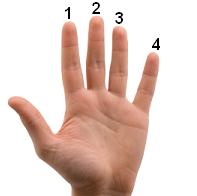 So,
we start with our basic 1 3 5
major arpeggio. I'll be showing you three patterns - one built on a 6th string
root, another on a 5th string
root and a final wider pattern spanning the two positions
(which should prove a challenging exercise!).
So,
we start with our basic 1 3 5
major arpeggio. I'll be showing you three patterns - one built on a 6th string
root, another on a 5th string
root and a final wider pattern spanning the two positions
(which should prove a challenging exercise!).
Need help with fingering these arpeggios? See my lesson on guitar arpeggio technique (don't forget to bookmark this page so you can come back!).
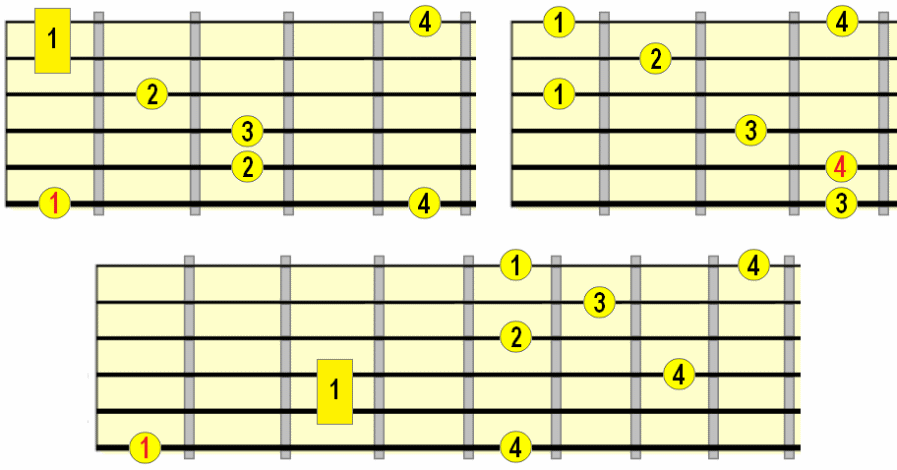
Click the tabs to hear (all examples are in G)

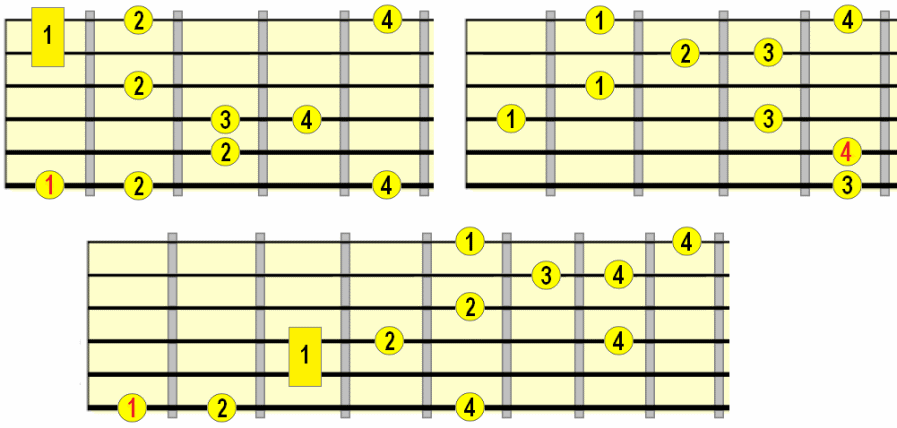

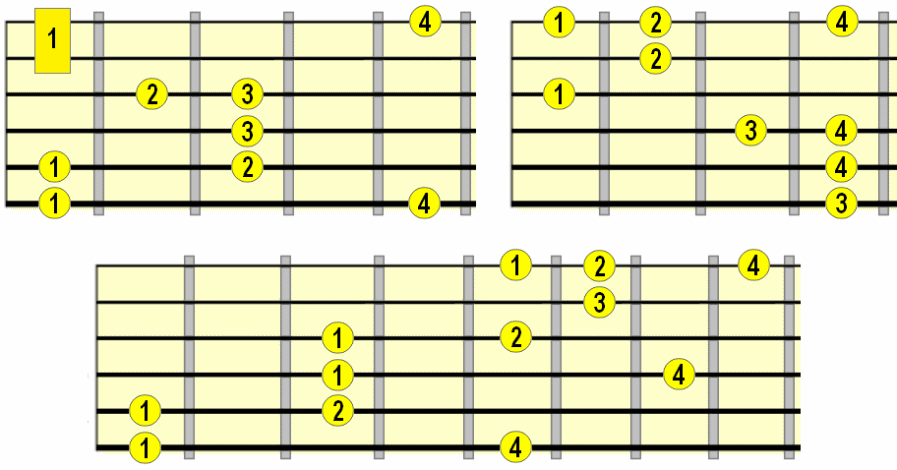

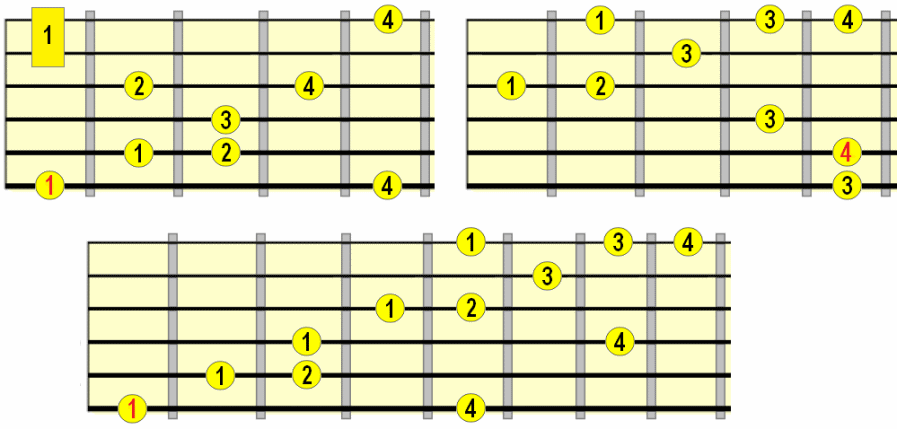

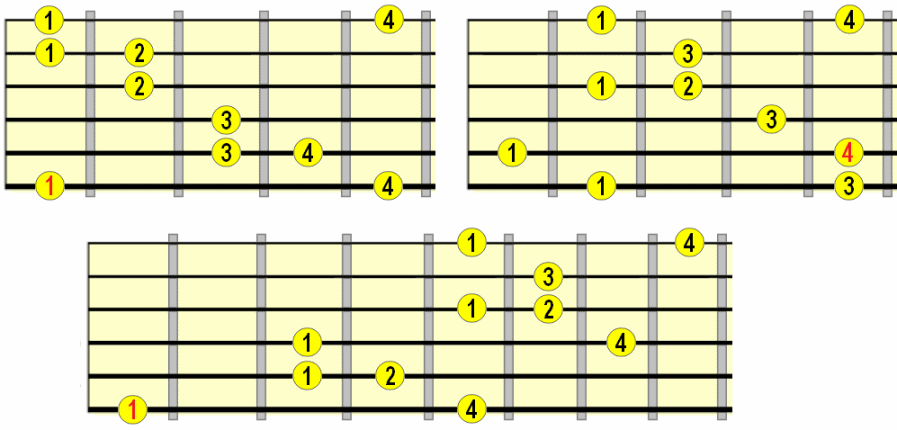

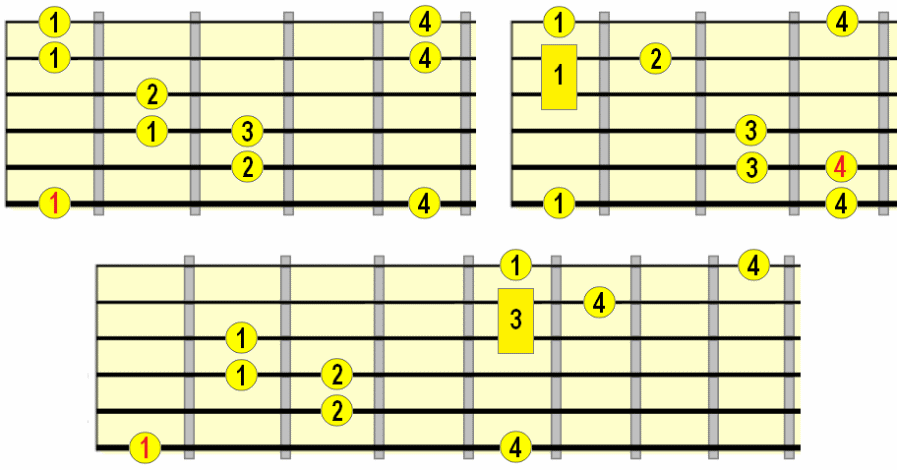

Note that, for ease of fingering, we incorporate some string skipping into the 6th string root pattern...
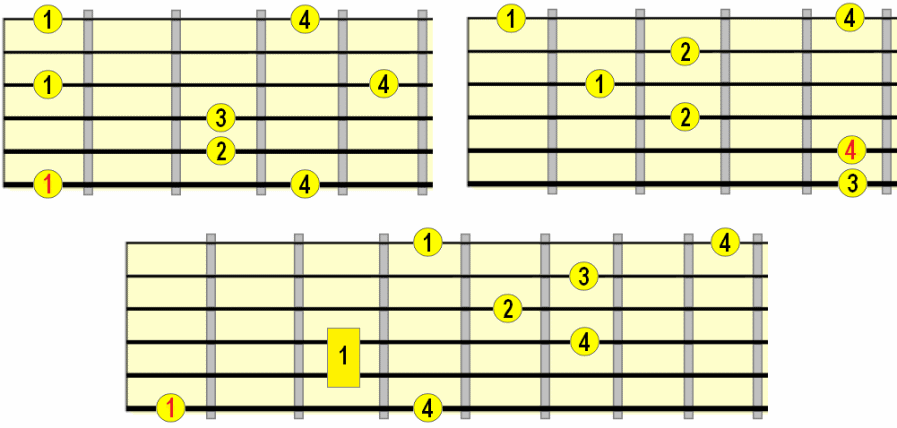

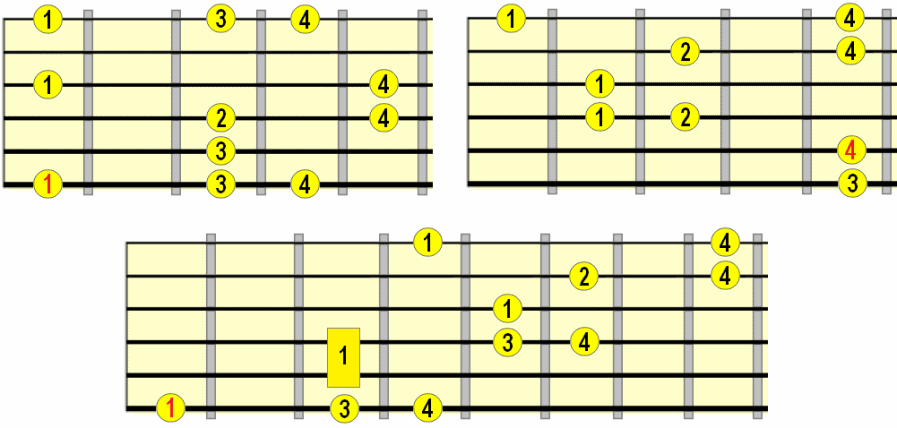

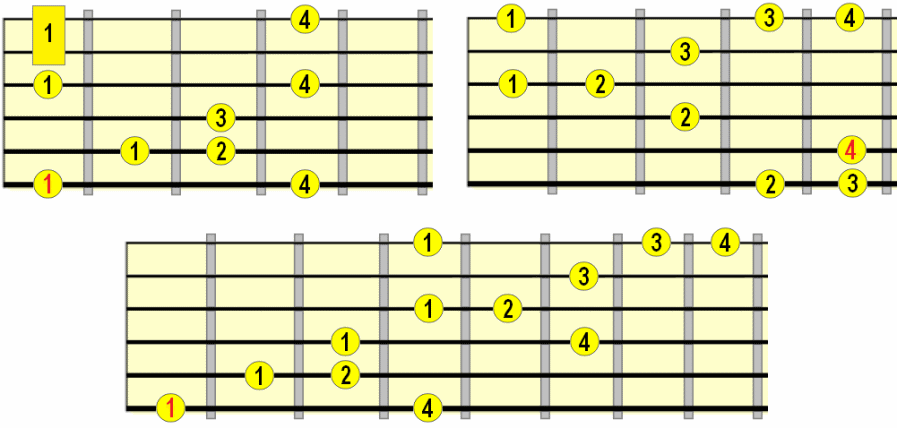

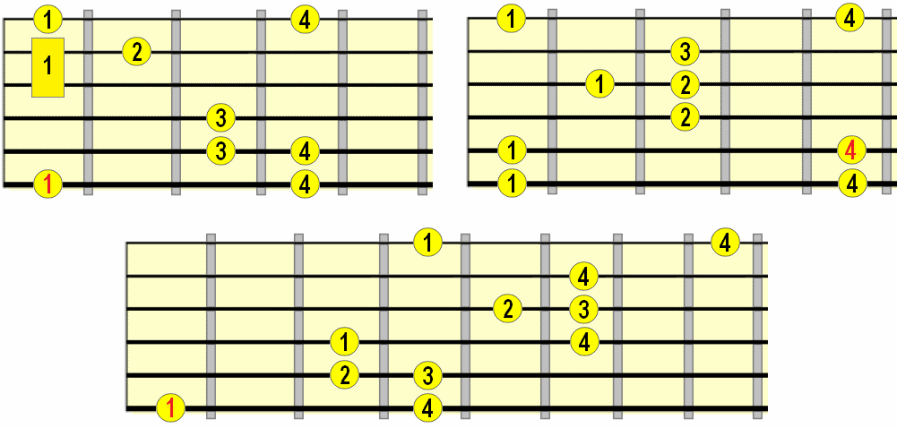

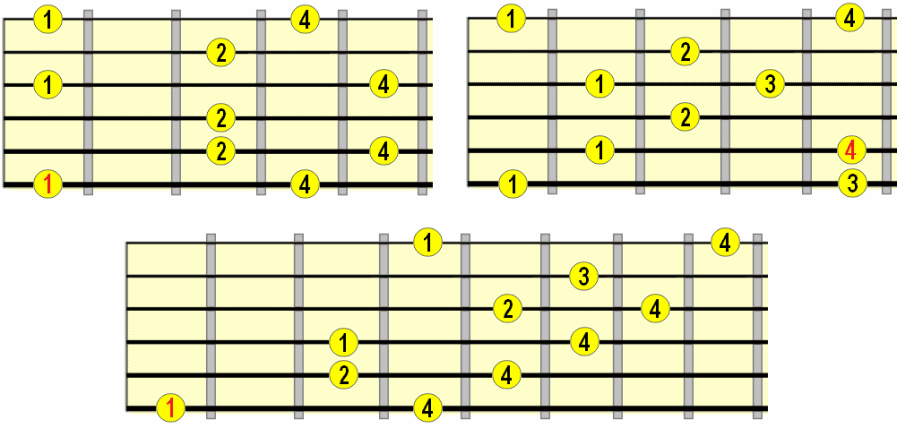

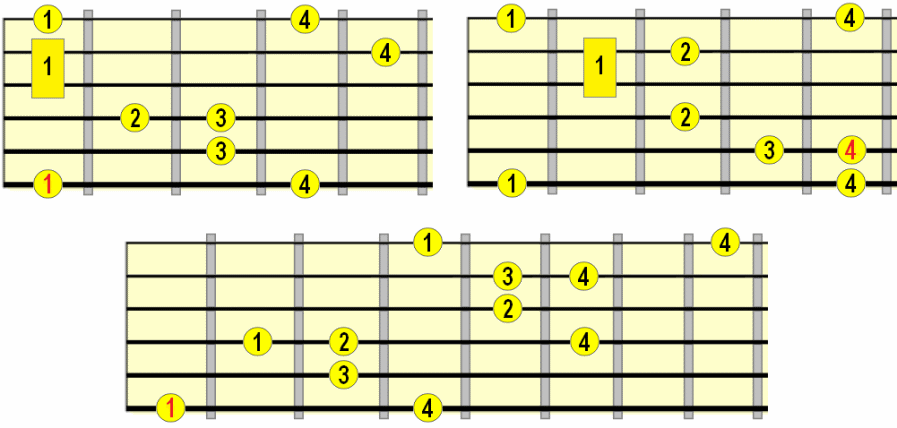

There's a deeper benefit of playing around with arpeggios like this - it helps to internalize the sound of different intervals, as relative to a triad form or root note. This is known as relative pitch and will serve you well throughout your guitar playing life, especially if you want to be able to pick up music by ear.
Every interval, in relation to its root or triad form, has a particular sound or "flavour". The augmented 4th (#4), for example, has a specific flavour when played against a major and minor triad.
By simply playing around with the patterns in this lesson, over the backing tracks, you'll be training your ear in an incredibly powerful way. Thanks for your time and patience!
Share your thoughts...
Have any questions, thoughts or ideas about this lesson? Let us know using the comments form below.
Arpeggio Embellishments - Fleshing Out Major & Minor Arpeggios
Arpeggios can be seen as the skeleton of scales. So when playing a scale as part of your solo, you can always find an arpeggio running through the middle of it - the core major or minor expression of that scale.This lesson is all about fleshing out your major and minor arpeggios by adding just one note from a scale. This gives them a specific flavour, depending on the interval you add. We'll explore all the different sounds you can create using this method.
Watch the presentation below to get to grips with the general concept and then find backing tracks, diagrams and exercises further down the page...
Backing Tracks
These chord tracks will help you practice your arpeggios. There's no percussion or set tempo which means you can use a metronome over the tracks at the tempo you feel comfortable.Major Tracks
 Track 1 G major (used in
the examples) - so the root (1)
of your patterns will be G.
Track 1 G major (used in
the examples) - so the root (1)
of your patterns will be G. Track 2 C major - the
root of your patterns will be C.
Track 2 C major - the
root of your patterns will be C.Minor Tracks
 Track 1 G minor (used in
the examples) - the root of your minor patterns will be G.
Track 1 G minor (used in
the examples) - the root of your minor patterns will be G. Track 2 C minor - the
root of your minor patterns will be C.
Track 2 C minor - the
root of your minor patterns will be C.Major Arpeggio Patterns & Exercises
 So,
we start with our basic 1 3 5
major arpeggio. I'll be showing you three patterns - one built on a 6th string
root, another on a 5th string
root and a final wider pattern spanning the two positions
(which should prove a challenging exercise!).
So,
we start with our basic 1 3 5
major arpeggio. I'll be showing you three patterns - one built on a 6th string
root, another on a 5th string
root and a final wider pattern spanning the two positions
(which should prove a challenging exercise!).Need help with fingering these arpeggios? See my lesson on guitar arpeggio technique (don't forget to bookmark this page so you can come back!).
Major

Click the tabs to hear (all examples are in G)

Major + b2


Major + 4


Major + #4


Major + b6


Major + 7


Minor Arpeggio Patterns & Exercises
Here, our patterns are built around the minor triad - 1 b3 5.Note that, for ease of fingering, we incorporate some string skipping into the 6th string root pattern...
Minor


Minor + 2


Minor + #4


Minor + b6


Minor + 6


Minor + 7


There's a deeper benefit of playing around with arpeggios like this - it helps to internalize the sound of different intervals, as relative to a triad form or root note. This is known as relative pitch and will serve you well throughout your guitar playing life, especially if you want to be able to pick up music by ear.
Every interval, in relation to its root or triad form, has a particular sound or "flavour". The augmented 4th (#4), for example, has a specific flavour when played against a major and minor triad.
By simply playing around with the patterns in this lesson, over the backing tracks, you'll be training your ear in an incredibly powerful way. Thanks for your time and patience!
| Was this
helpful? Please support this site. I really appreciate it! |
Stay updated
and learn more Sign up to the newsletter for updates and grab your free Uncommon Chords book |
Share your thoughts...
Have any questions, thoughts or ideas about this lesson? Let us know using the comments form below.









